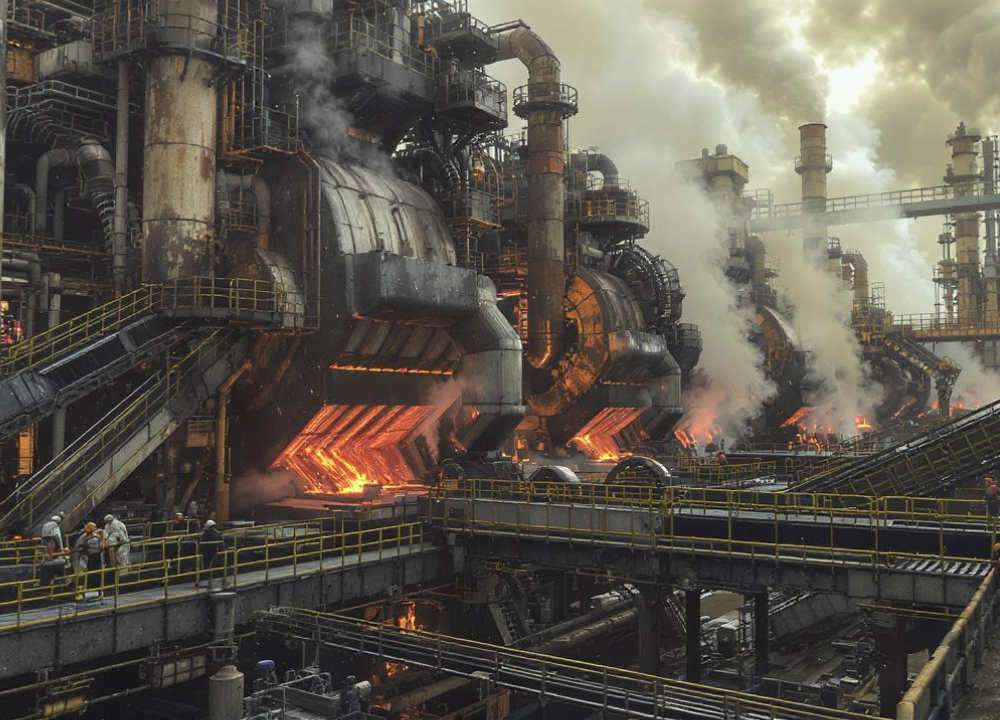The production of several key minerals in the country has shown remarkable growth during the fiscal year 2024-25 (from April to August), building on the record production figures achieved in the previous fiscal year, 2023-24. Notably, iron ore constitutes approximately 70% of the total value of minerals produced as reported by the Mineral Conservation and Development Rules (MCDR).
In the fiscal year 2023-24, the output of iron ore reached an impressive 274 million metric tonnes (MMT). Provisional data for the current fiscal year indicate a rise in iron ore production, which increased from 108 MMT in the corresponding period of 2023-24 (April to August) to 116 MMT in 2024-25 (April to August). This represents a substantial growth rate of 7.4%, highlighting a strong demand in the market.
Moreover, the production of manganese ore has also experienced a notable surge, climbing by 15.4% to reach 1.5 MMT in FY 2024-25 (April-August), compared to 1.3 MMT in the same period of the previous year. This upward trend in manganese ore production indicates a robust expansion in mining activities and reflects the increasing demand for this essential mineral.
In the non-ferrous metals sector, primary aluminium production recorded a growth of 1.3% during the first five months of FY 2024-25 (April-August), rising from 17.26 lakh tonnes (LT) in FY 2023-24 to 17.49 LT in the current fiscal year. This steady increase underscores the persistent demand for aluminium in various industries. Similarly, refined copper production has seen a growth of 5.8%, increasing from 1.91 LT in the previous year to 2.02 LT in the current fiscal year, further indicating positive trends in the non-ferrous sector.
India has established itself as the second-largest producer of aluminium globally, ranking among the top ten producers of refined copper, and standing as the fourth-largest producer of iron ore in the world. The continuous rise in iron ore production during the current financial year serves as a testament to the strong demand within the steel industry, which heavily relies on this crucial mineral.
This growth, when coupled with the increases in aluminium and copper production, reflects a broader trend of sustained economic activity across various user sectors, including energy, infrastructure, construction, automotive, and machinery.
The strong performance of these key minerals not only contributes to the country’s economic growth but also signifies the resilience and dynamism of the mineral sector in meeting the needs of an expanding economy. As the demand for these minerals continues to rise, the mining industry is poised to play a pivotal role in supporting the nation’s infrastructure development and industrial growth in the years to come.








